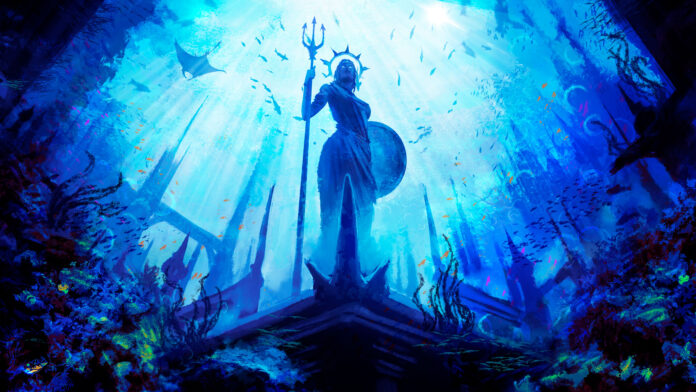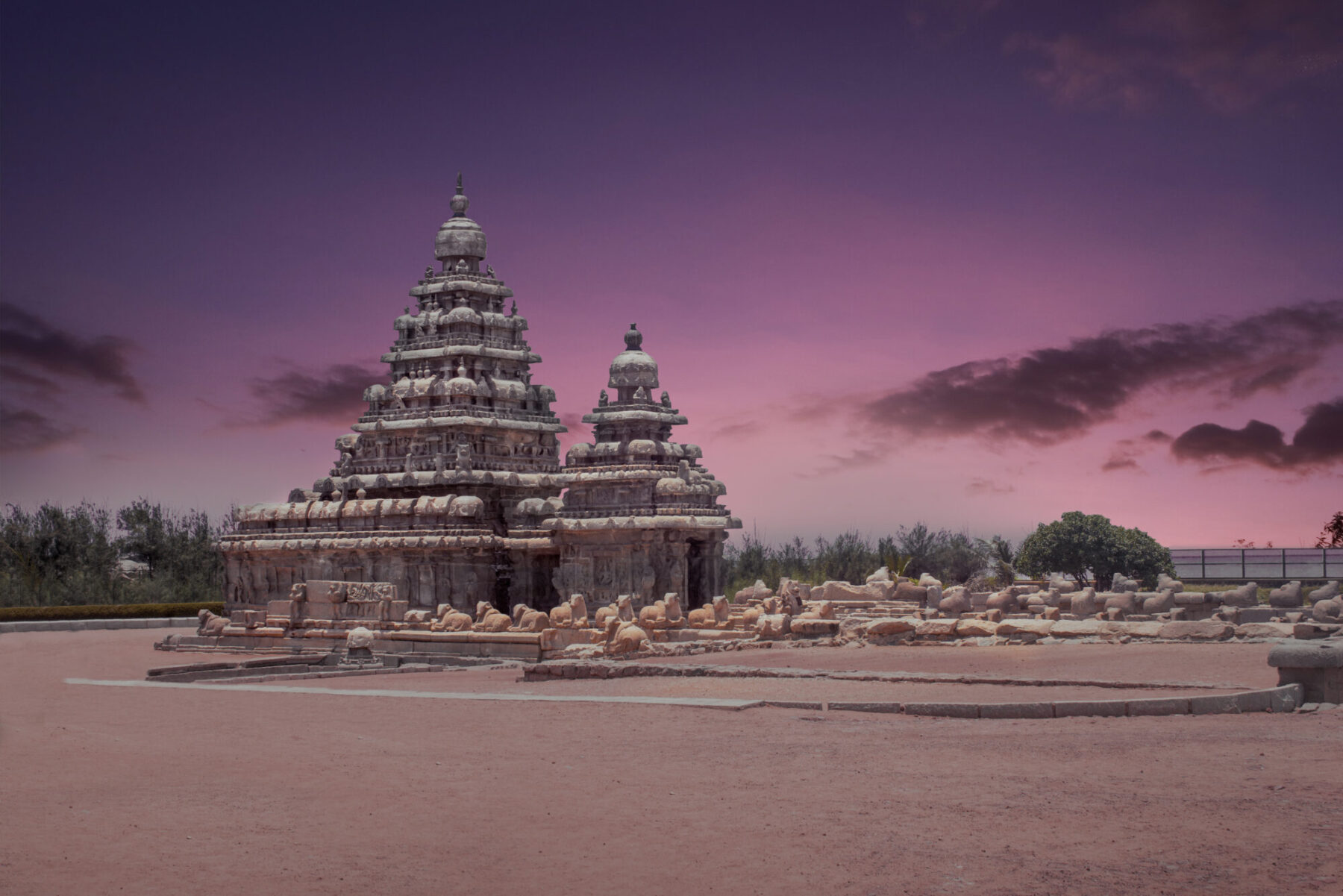
With the ocean covering over 70 percent of our world, it’s no surprise that it’s home to a countless variety of buried treasures and submerged artefacts. Here are 4 of these monuments that have been lost to the tides of time and reclaimed by the sea.
1. THE LION CITY

Location: Qiandao Lake, China
The Lion City, otherwise known as Shi Cheng, is an ancient submerged city that lies at the foot of Wu Shi Mountain (Five Lion Mountain), now located about 25 to 40 metres beneath Qiandao Lake (or Thousand Island Lake) in China. Despite more than 50 years underwater, the entire city has been preserved completely intact, transforming it into a virtual time capsule, thanks to its well-preserved architecture and carvings that date back 1,400 years. The Lion City was built during the Eastern Han Dynasty (25-200 AD), and was first set up as a county in 208 AD. It was once the centre of politics and economics in the eastern province of Zhejiang. But in 1959, the Chinese government decided a new hydroelectric power station was required, so it built a manmade lake, submerging Shi Cheng under 40 metres of water.
2. THE YONAGUNI MONUMENT
Location: Ryuku Islands, Japan
These pyramids that lie underwater are fraught with mystery. Experts argue as to whether they are man-made or a naturally occurring phenomenon. If you incline towards the former, then these structures were made during the last ice age, around 10,000 BC. These pyramids also resemble those found in Mexico and Central America… Strange! But here’s where things get stranger: There are no other underwater structures found in this area. The latter argument claims that the pyramids are a result of basic geology and classic stratigraphy for sandstones, which tend to break along planes and give you these very straight edges, particularly in an area with lots of faults and tectonic activity.
3. THE PAGODAS OF MAHABALIPURAM

Location: Tamil Nadu, India
Mahabalipuram’s early history is shrouded in mystery. Stories passed from one generation to the next relate a large, beautiful city that once occupied the area, with seven pagodas so spectacular the gods became jealous and had six of them consumed by the ocean. Initially considered old wives’ tales, after the 2004 tsunami hit the area the ocean receded soo metres, exposing a long, straight row of large rocks and some statues and small structures. The discovery prompted the Archaeological Society of India and the Indian Navy to search for other ruins in the area. They discovered that the row of large stones people had seen immediately before the tsunami, were part of a 70-metre wall. They also discovered remains of two other submerged temples and one cave temple within soo metres of the shore. Although these findings do not necessarily correspond to the seven pagodas of myth, they do indicate that a large complex of temples did exist in Mahabalipuram.
4. THE ATLANTIS OF THE EAST
Location: Gujarat, India
Legend has it that the city of Dwarka, known as the “Atlantis of the East”, was built by Lord Krishna himself and he made it his home. It is believed that the city was subsequently damaged and engulfed by the sea. Dwarka remained in Hindu myth until archaeologists and Indian Navy divers discovered underwater ruins on India’s western coast. After all these years it turns out that the 12,000-year-old city of Dwarka was not just a legend, but a real place that existed once upon a time.
________________________________________________________________________
 To dive into Asian Geographic’s exploration of our waters, get your copy of Asian Geographic Issue 1 / 2020 here.
To dive into Asian Geographic’s exploration of our waters, get your copy of Asian Geographic Issue 1 / 2020 here.
Subscribe to Asian Geographic Magazine here or for more details, please visit https://www.shop.asiangeo.com/.










